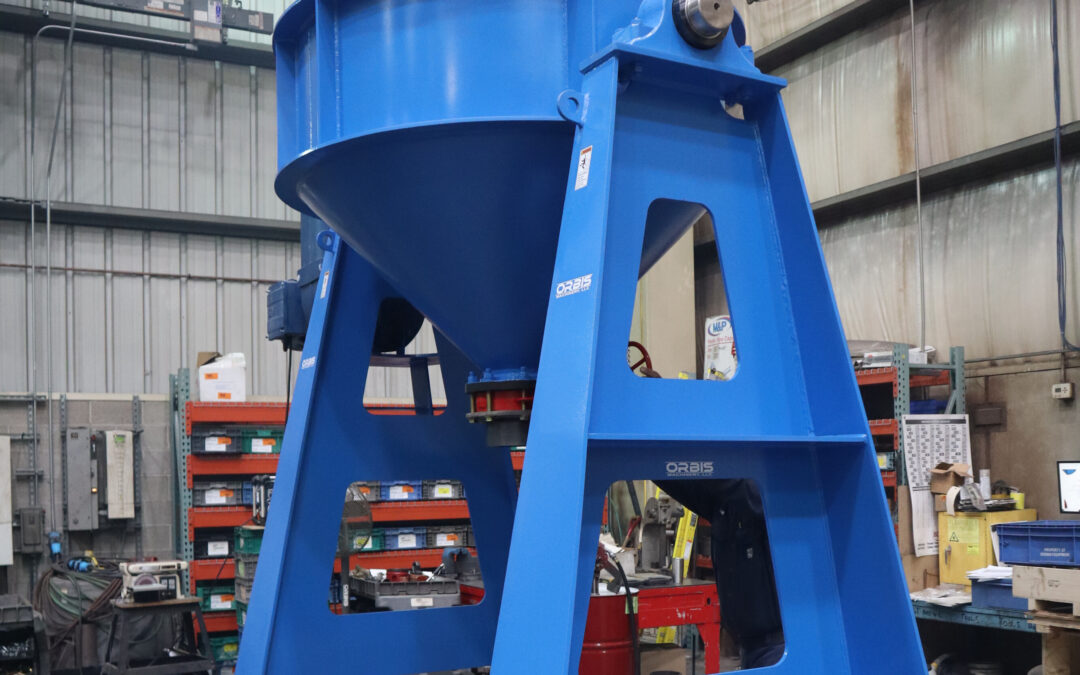The advent of Operational Technology (OT) has, over the years, inadvertently, sustained a consistent rise in the activities of internet fraud-stars. Organizations and industries in every sector of the economy, such as oil and gas, utility, or manufacturing sector that have adopted operational technology struggle each day to advance their security infrastructure to avert criminal attacks.
Rogue states, criminal organizations and individual troublemakers daily target operational technology to cause havoc and disrupt services. Worse, so are the activities of criminals whose sole intention is to defraud the affected organizations or encrypt their systems for ransom purposes.
For those whose aim is to take ransom from their victims, as soon as they gain access to companies or individual databases, they maneuver the content by using powerful ransomware to encrypt such contents before reaching the owners for ransom.
For over two decades, this malicious software has continued to evolve with numerous versions in the hands of cyber criminals. Some are much more popular than others for the level of damages they have caused to business owners across the globe. They include CryptoLocker, WannaCry, Bad Rabbit, Cerber, Crysis, CryptoWall, GoldenEye, Jigsaw, Locky, etc.
If your operational technology is running on old security protocol or poor measure of a sort, take it that you are in for far-reaching consequences. This is because the ransomware companies and other companies that develop internet fraud-aiding applications have no other job than to consistently create newer versions and try to maneuver old security architecture. Something needs to be done. “The UK National Security Council has identified cyber attacks as a ‘tier one’ risk to national security, alongside terrorism and major international conflict” Financial Times, October 2014. This further portrays the magnitude of danger associated with the global cyber crime pandemic.
Connected Systems are More Vulnerable to Cyber Attack
Years back, systems were largely isolated, and operations managers worked on-site. If there was a need for internet connection or corporate networking, such infrastructure was not in place, and at such, management of such systems hardly fell under IT control.
As time went on, however, the need to ease global trade, information technology, etc. necessitated internet connection and information warehousing as obtainable in the contemporary cloud storage systems. The benefits of joining the league have made isolating your computer quite obsolete. You may likely not contemplate doing so, but then, the risk of losing your valuable data to cyber criminals is scary too.
Why You Should be Bothered about Protecting Your OT
A 2019 global research by Ponemon Institute revealed that so many reputable industries around the world were severely attacked between 2016 and 2018 through ransomware. In the category of these industries are airlines, banks, hospitals, and utilities. In March 2017, the global WannaCry ransomware attack caused a temporary closure of the UK’s National Health Service, forcing it to run remotely on an emergency basis. If these high-profiled organizations can be attacked, it is highly likely that you will be attacked, too, if you fail to adopt measures that will effectively protect your OT.
What to Do
You can start this journey of safeguarding your OT by taking a brief assessment of your level of exposure across the various areas of business and spot the critical areas. Next is to identify your level of capability and potentials in the following areas:
• Detecting threats, incidents or anomalies and determining how swiftly you are capable of responding
• Securing and asserting control over the data flow between specified networks
• Managing and controlling user access to systems and also setting up how those systems can access one another
• Recognizing and protecting the arrays of network endpoints
It’s important to note that these networks get increasingly complex with every passing day. It’s, therefore, necessary to also make efforts to step up your knowledge of how things work with continual updates. You could engage the services of experts who fully understand the intricacies to help you overcome underlying challenges. In addition, you ought to embrace a monitoring culture. Endeavor to routinely monitor the log data generated by your OT system so you can baseline normal activities. It’s important to always filter out all unauthorized access through perimeter management. Install anti-malware defenses through which you will routinely scan for malware. And for enterprise use, adopt Advanced Endpoint Protection (AEP) with a built-in containment engine.
It’s a dynamic world, and everything, including life itself, is changing. Cyber-criminality is on the increase, and there is no end in sight. The only way to stay protected even while running your OT is to employ verified measures to shield you from any fraudulent attack.



